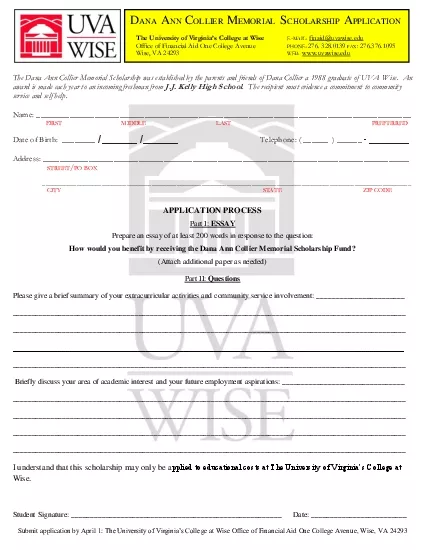PPT-Patient Comfort Dana Coleman &
Author : briana-ranney | Published Date : 2019-12-01
Patient Comfort Dana Coleman amp Bekah McDonald 4272015 Reasoning Over and over we have heard that the inevitable length of a clinic visit or the lengthy lockdown
Presentation Embed Code
Download Presentation
Download Presentation The PPT/PDF document "Patient Comfort Dana Coleman &" is the property of its rightful owner. Permission is granted to download and print the materials on this website for personal, non-commercial use only, and to display it on your personal computer provided you do not modify the materials and that you retain all copyright notices contained in the materials. By downloading content from our website, you accept the terms of this agreement.
Patient Comfort Dana Coleman &: Transcript
Download Rules Of Document
"Patient Comfort Dana Coleman &"The content belongs to its owner. You may download and print it for personal use, without modification, and keep all copyright notices. By downloading, you agree to these terms.
Related Documents














